water Quality
Water is essential for life. We not only use it for drinking, but also for food preparation, (agricultural) irrigation, manufacturing, transportation, energy generation, recreation, and many other purposes. Water quality can be thought of as a measure to determine the suitability of water for one of these uses. The quality requirements for each water use are different: For example, water that we drink must be of higher quality than water we use for generating hydropower. Water that does not meet water quality standards (because it is contaminated with pathogens, heavy metals, and/or other pollutants) may endanger human health. Water pollution can also be harmful to aquatic organisms.
A variety of parameters are used as indicators for water quality. Selected characteristics of the water are measured, analyzed, and then compared to numeric standards and regulatory guidelines to determine the suitability and safety of this water for a particular use.
Common water quality indicators
Temperature - Water temperature is considered a water quality indicator, because thermal pollution (changes in water temperature that, for example, result from industrial cooling processes) can alter the existing species composition in natural water bodies.
pH - The pH value indicates whether a water body is acidic or basic, which may influence the solubility of some chemical constituents. For instance, a low pH (which may be the result of acid rain or industrial effluents) increases the solubility and thus the toxicity of many heavy metals in water.
Electrical conductivity - Dissolved substances such as salts can increase water's capability to pass an electrical current. Increased conductivity thus indicates pollution, resulting from storm water runoff or untreated wastewater and also from natural sources such as soil erosion.
Turbidity - Turbidity describes the relative clarity of water. It is measured as the amount of light that is scattered by materials in the water. Materials that can scatter the light include clay, silt, inorganic or organic matter, algae, and other living organisms.
Dissolved oxygen (DO) - Oxygen dissolved in water is critical for aquatic organisms to survive. Oxygen-consuming bacteria (which increasingly occur when lots of organic matter decays) can cause whole water bodies to "die" since less oxygen is available to other organisms such as fish. This process is called "eutrophication".
Nitrogen and phosphorous - The overabundance of nutrients such as nitrogen and phosphorous can cause excessive plant growth, which leads to eutrophic conditions and decreased levels of oxygen. Nitrogen and phosphorous can find their way into the natural environment through the discharge of untreated wastewater or agricultural fertilizers in stormwater runoff, for example.
Bacteria - Most bacteria are harmless to humans. However, certain bacteria that inhabit the intestinal tracts of warm-blooded organisms can cause disease in humans when present in water. Indicator bacteria such as E. coli are often used to determine the level of fecal contamination in a water body, which can result from the discharge of untreated sewage or animal waste.
Emerging Contaminants
Some contaminants have only recently been discovered to be present in water. These are called "contaminants of emerging concern", or simply "emerging contaminants". Some of them are known to pose risks to organisms in freshwater and marine environments and collectively may impact human health.
Examples of emerging contaminants are pharmaceuticals, personal care products, and endocrine disrupting compounds (chemicals that interfere with hormone systems). Often, conventional wastewater treatment systems cannot fully remove these types of contaminants, and thus many find their way into the natural environment.

